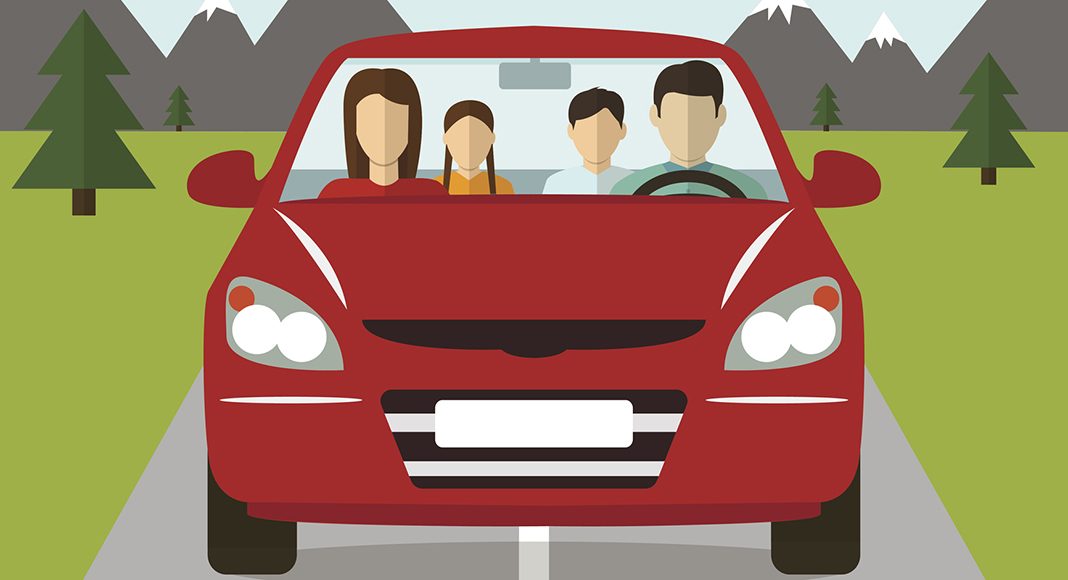Parents make a difference to the safety of their teenage drivers.
A report by Safe Kids Worldwide and General Motors Foundation found that teens were less likely to engage in risky behavior while driving when parents and teens discuss rules and come to a verbal or written agreement about what is expected of them.
Teens with an established family rule against drinking and driving, for example, were 10 times less likely to report engaging in that kind of risky â and illegal â behavior than teens with no established rules. And teens with explicit family rules were more likely to wear their seat belt every time and less likely to drive distracted or speed.
âOur sons and daughters are dying in car crashes because they are inexperienced drivers who are taking unnecessary risks, like texting, driving under the influence, speeding and not wearing a seat belt,â said Kate Carr, President and CEO of Safe Kids Worldwide, speaking at the time the report was published. âGiven that three out of every four deaths is a son, I encourage all parents, particularly parents of young men to make it a priority to put an agreement in place and make sure you are following the rules, too.â
The report also found that parents who demonstrated good behavior impacted the safe driving habits of their teens. For example, teens who witnessed a parent driving after drinking were three times more likely to report doing the same than teens whose parents displayed safe behavior.
Top three tips for modeling safe behavior to child passengers and teenagers:
1. Start with safety on the outside
This includes everything from maintaining your vehicle to ensuring you are fit to drive. For example:
⢠Avoid driving after consuming alcohol, while tired or when particularly emotional or stressed
⢠Involve your child in vehicle checks from a young age to emphasize the importance of having a safe, well-maintained vehicle
⢠Plan your route, avoid rush hours and check the weather forecast â put off trips if conditions are bad
2. Establish a safe driving routine
Show your children and teens how to prepare for safe driving by adjusting settings before you hit the road and remaining focused throughout the drive.
⢠Buckle up every trip and ensure everyone in the vehicle is properly seated and secured
⢠Adjust mirrors, seat position and GPS before setting off
⢠Demonstrate the importance of avoiding distractions by putting your phone on silent or out of sight. Avoid checking it while driving, even when youâre in a traffic jam or at stoplights.
⢠Resist other distractions while driving including eating, drinking, grooming, smoking, horsing around with passengers etc.
3. Display a good attitude
Being a good role model involves demonstrating the correct attitudes and behaviors at all times, including how to deal with unexpected situations.
⢠Obey speed limits and adjust your speed to suit conditions, explaining to young passengers when appropriate why you have slowed right down or increased your following distance
⢠If another driver pulls out on you or cuts you up, donât yell, beep your horn and gesture angrily. Remember, your behavior is paving the way for your child or teen. Demonstrate how to handle the situation safely by taking a deep breath, staying calm and letting it pass. This type of scenario can also provide a good opportunity to talk to your younger passengers about why itâs important to leave enough space around your vehicle to handle unexpected situations and why itâs safer to stay calm, rather than retaliate.
Our Driver Code of Conduct helps parents and teens discuss ways of staying safe on the road and our Young Driver Safety Pledge helps parents to establish the on-road behaviors they expect from their teenage drivers.



















